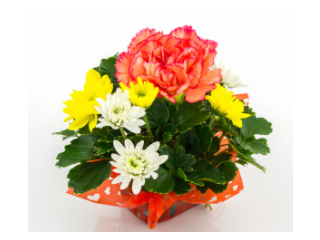WHAT IS DOT C2 REFLECTIVE TAPE ?
2022-01-05 08:49 Furniture & Appliances Barddhamān 261 views Reference: 441Location: Barddhamān
Price: Contact us
WHAT IS DOT C2 REFLECTIVE TAPE ? – SPECIFICATIONS CERTIFICATION DEFINITION
DOT Truck (Tractor Trailer) marking requirements were set up by the FMCSA to help improve visibility in low light conditions and reduce the probability of fatal motor vehicle crashes into the sides or back of stopped or parked trucks and tractor trailers at night or in poor visibility conditions.
On December 10, 1992, the National Highway Traffic Safety Administration or NHTSA published a final ruling that required trailers manufactured on or after December 1, 1993 having an overall width of 80 inches or more and a gross vehicle weight rating (GVWR) of more than 10,000 pounds, be equipped on the sides and rear with a means for making them more visible on the road. The NHTSA ruling allows trailer manufacturers to install either red and white retro reflective tape or sheeting or reflex reflectors. This tape is commonly referred to as DOT-C2 reflective tape and is thus marked for easy identification (Exemption – pole trailers and trailers designed exclusively for living or office use)
While the term DOT C2 Red and White Reflective Tape is used quite often in regards to marking tractor trailer rigs 80 inches wide or wider and over 10,000 lbs GVWR, what the term “DOT C2” means is seldom discussed. Most people know that the letters DOT mean “Department of Transportation. Also, some people know that the term C2, C3 or C4 refers to the width of the tape. (2″,3″ or 4”) Most people do not know what it takes for a reflective tape to be certified as “DOT C2, C3, or C4”. This article is meant to help you understand what these requirements are so that you can be sure that you are using the correct product on your vehicle. In the event of an accident, having the proper markings is especially important. We recommend Oralite (formerly Reflexite) DOT tapes. They invented prismatic reflective tape and their products are respected and recognized around the world. The downsides to using a cheap substitute are simply not worth it.
In order to be certified as DOT C2, C3 or C4 tape, certain requirements have to be met. These requirements involve the construction of the tape, the color, the width, the spacing of the alternating colors, the performance, and the reflectivity. If a DOT C2 Red Reflective Tape has been certified to meet these standards then the manufacturer is allowed to put DOT C2 certification on it. The specifics of the requirements are as follows. (Source – Federal Motor Carrier Safety Administration 393.11)
Color – DOT tape must be made with white and red alternating colors. The white color on prismatic tapes often looks silver but reflects white at night.
Reflective Tape. Everyone knows where it’s used right? I’ll be honest, until I started working with it, I had absolutely no idea how many pieces I’d see of ECE104R reflective tape each day. It’s a little strange since it’s whole job is not to fade into the background but, like most things that do their job well, you kind of take it for granted.
In this post, I’m going to explore several uses I’ve either found, seen or heard about for Reflective Tape. This list is more focused on uses for reflective around the home, in the office or out and about and less on industrial uses like road safety signs, work gear and vehicle marking and identification as those are all fairly well known at this stage.
The below is by no means exhaustive but hopefully it proves a little useful in inspiring you to come up with your own ideas. As always if you do come up with a particularly interesting use, we’d love to hear about it.
Sewn To Clothing
For those of you looking to increase your visibility when exercising at night or working in areas with passing traffic, a little ECE 104R Red Reflective Tape sewn to the outside of jackets or shirts can be a huge help.
Though you can use our reflective tapes for this, they’re not designed for it so we don’t recommend it. You can buy reflective fabric that doesn’t have the adhesive and is a little more flexible. This may be a better option for sewing to clothes.














